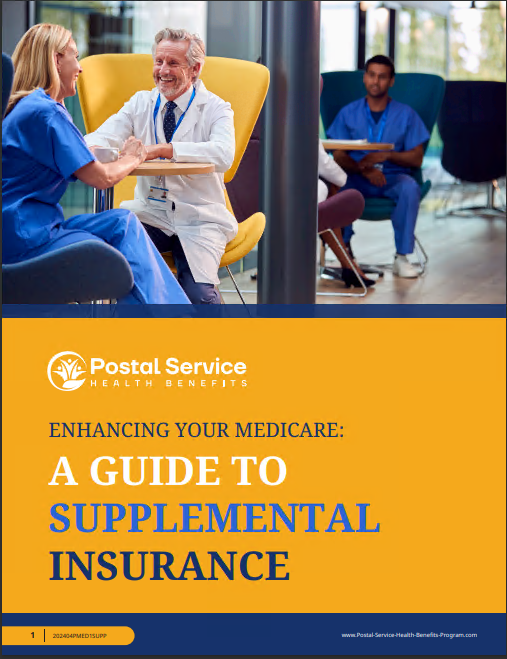Understanding Eligibility for the Postal Service Health Benefits Program (PSHB)
Introduction to PSHB Eligibility
Eligibility Criteria for USPS Employees
Coverage for USPS Retirees
Retirement marks a significant milestone in the careers of USPS professionals, and the transition from active employment to retirement comes with changes in healthcare coverage. However, the PSHB Program ensures continuity of healthcare benefits for USPS retirees, providing them with peace of mind and financial security during their retirement years.
Postal Service annuitants, including retirees who receive retirement benefits from the Postal Service, are eligible for coverage under the PSHB Program. Retirees who meet specific criteria, such as age and length of service, can seamlessly transition from employee-sponsored healthcare plans to PSHB coverage, ensuring continued access to quality healthcare services in retirement.
Eligibility for Family Members
In addition to USPS employees and retirees, eligible family members also qualify for coverage under the PSHB Program. This includes spouses and dependent children of USPS professionals who meet the eligibility criteria for coverage under the Federal Employees Health Benefits (FEHB) Program.
Spouses of USPS employees and annuitants, as well as dependent children, including biological, adopted, and stepchildren, may enroll in the PSHB Program to access comprehensive healthcare benefits. This family-centric approach to eligibility ensures that the health and well-being of USPS professionals’ families are also prioritized and supported through accessible healthcare coverage.
Ensuring Accessible Healthcare Coverage for USPS Professionals and Their Families
Understanding the eligibility criteria for the Postal Service Health Benefits Program is essential for USPS professionals and retirees to access comprehensive healthcare coverage. By meeting specific requirements related to employment status, retirement, and family composition, individuals can enroll in the PSHB Program and secure essential healthcare benefits tailored to their needs. The PSHB Program underscores the Postal Service’s commitment to supporting the health and well-being of its workforce and their families, ensuring access to quality healthcare services throughout their careers and into retirement.
To learn more about eligibility criteria and enrollment procedures for the Postal Service Health Benefits Program, visit the official USPS website, Medicare.gov or connect with a local Licensed Insurance Agent for personalized assistance.





